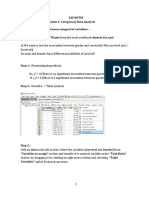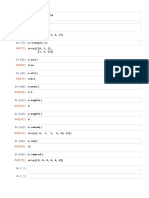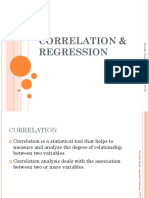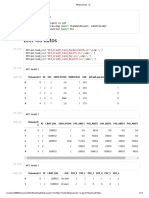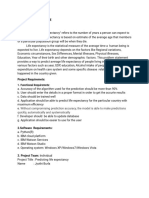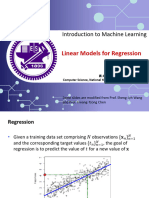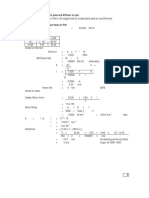100% found this document useful (1 vote)
182 views11 pagesDecision Tree Classification
The document discusses decision tree classification. It explains that decision trees break down a dataset into smaller subsets while developing a tree structure with decision and leaf nodes. The ID3 algorithm is used to build decision trees by calculating entropy to measure the homogeneity of samples and selecting the attribute with the highest information gain at each node. Information gain is the decrease in entropy after a dataset is split on an attribute, with the goal being to create the most homogeneous branches. The algorithm recursively splits the data until all instances are classified at the leaf nodes.
Uploaded by
vikas dhaleCopyright
© © All Rights Reserved
We take content rights seriously. If you suspect this is your content, claim it here.
Available Formats
Download as DOCX, PDF, TXT or read online on Scribd
100% found this document useful (1 vote)
182 views11 pagesDecision Tree Classification
The document discusses decision tree classification. It explains that decision trees break down a dataset into smaller subsets while developing a tree structure with decision and leaf nodes. The ID3 algorithm is used to build decision trees by calculating entropy to measure the homogeneity of samples and selecting the attribute with the highest information gain at each node. Information gain is the decrease in entropy after a dataset is split on an attribute, with the goal being to create the most homogeneous branches. The algorithm recursively splits the data until all instances are classified at the leaf nodes.
Uploaded by
vikas dhaleCopyright
© © All Rights Reserved
We take content rights seriously. If you suspect this is your content, claim it here.
Available Formats
Download as DOCX, PDF, TXT or read online on Scribd
/ 11

